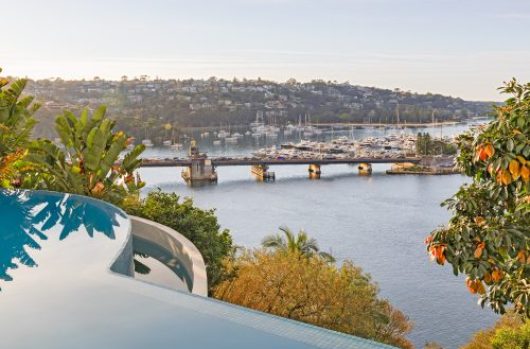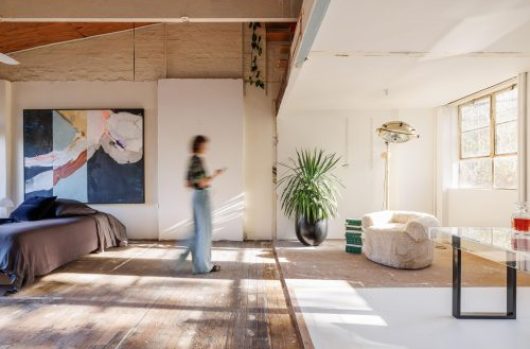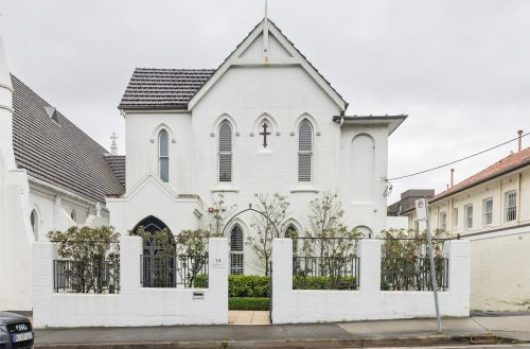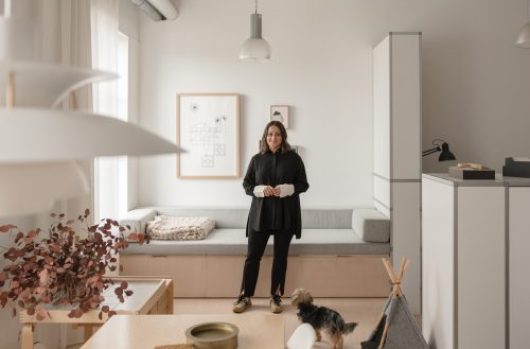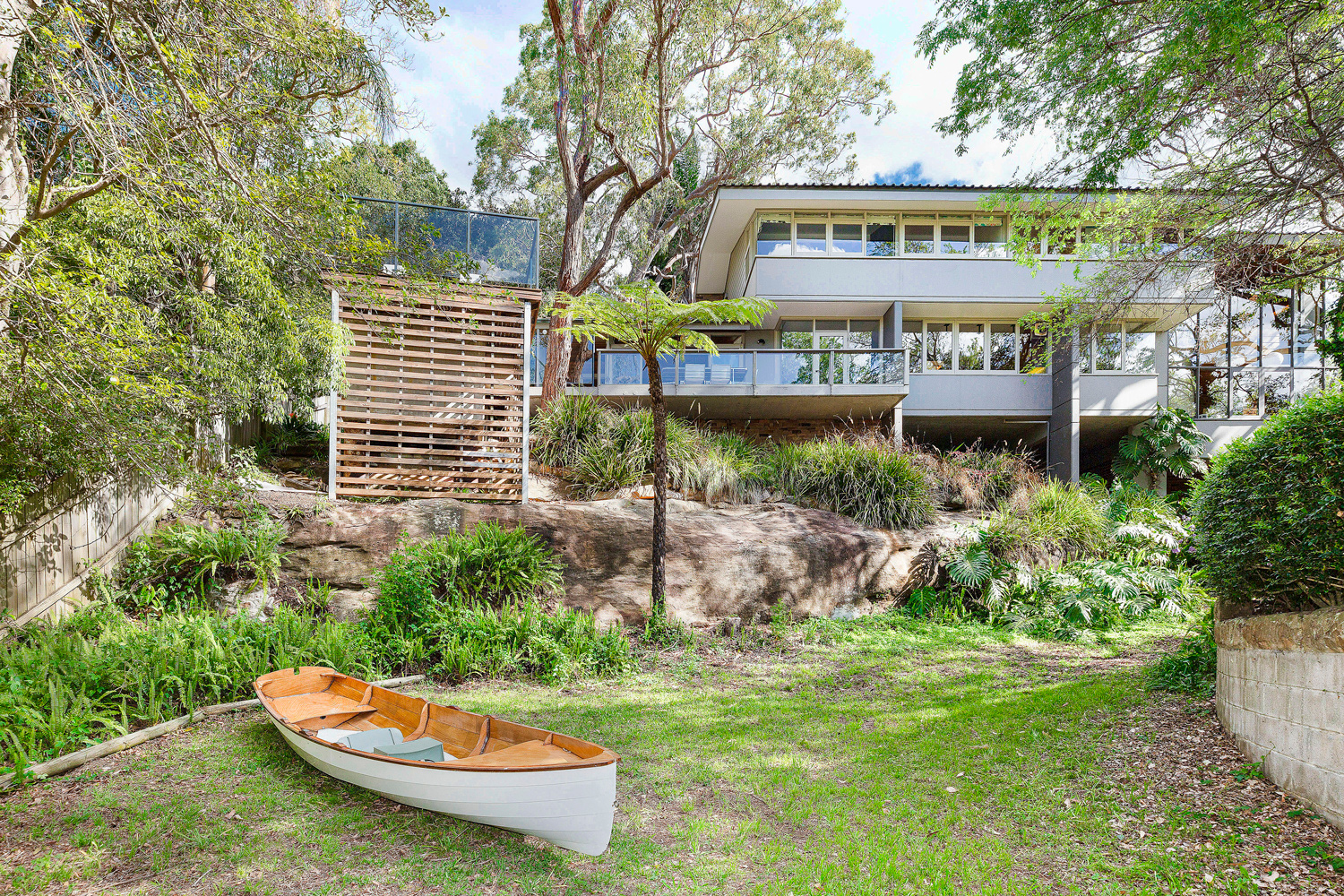
An original Bruce Rickard modernist house.
It’s rare to uncover pieces of an Australian architectural history in their original state, such as this preserved Hunters Hill residence by the late Bruce Rickard.
The period interiors remain flawlessly intact on a tucked-away 1121sqm bushland parcel. With a north aspect and water glimpses, it embodies the organic modernism for which the influential architect was known, profound validation that good design is timeless.
Rickard’s work and prolific influence around the Northern Suburbs of Sydney is well documented. He was among the first wave of architects to look at housing through a modern lens, implementing ideas that have become vital to Australian residential architecture and our current way of life.
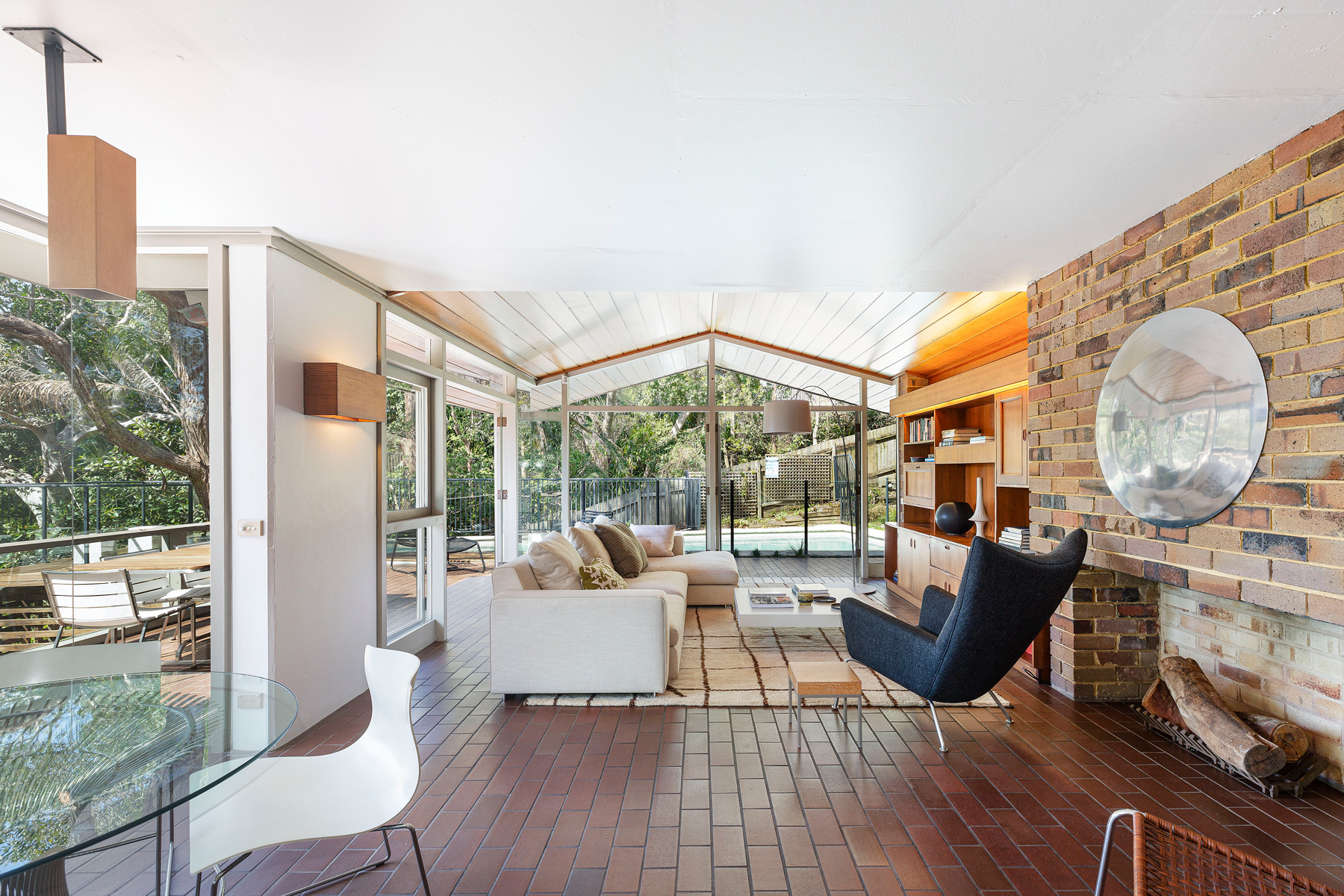
His ability to fuse indoor/outdoor space is the first thing we think about when considering homes for today’s contemporary lifestyles. The early affinity Rickard showed for north-facing aspects remains recognised for effective temperature control, environmental efficiency and natural light quality. His influence on our local architecture is undeniable.
Between 1972 and 1992 four of his houses won RAIA Merit Awards. In 2009, renowned Rickard design ‘Curry House 2’ was included in the Institute’s list of important 20th-century buildings, with the panel calling him a ‘talented and unassuming architect who has had an enormous influence on most Sydney architects.’
With this home at North Parade Hunters Hill on offer with BresicWhitney’s Nicholas McEvoy, it’s only the second time the house has been on the market, the first time in more than 20 years.
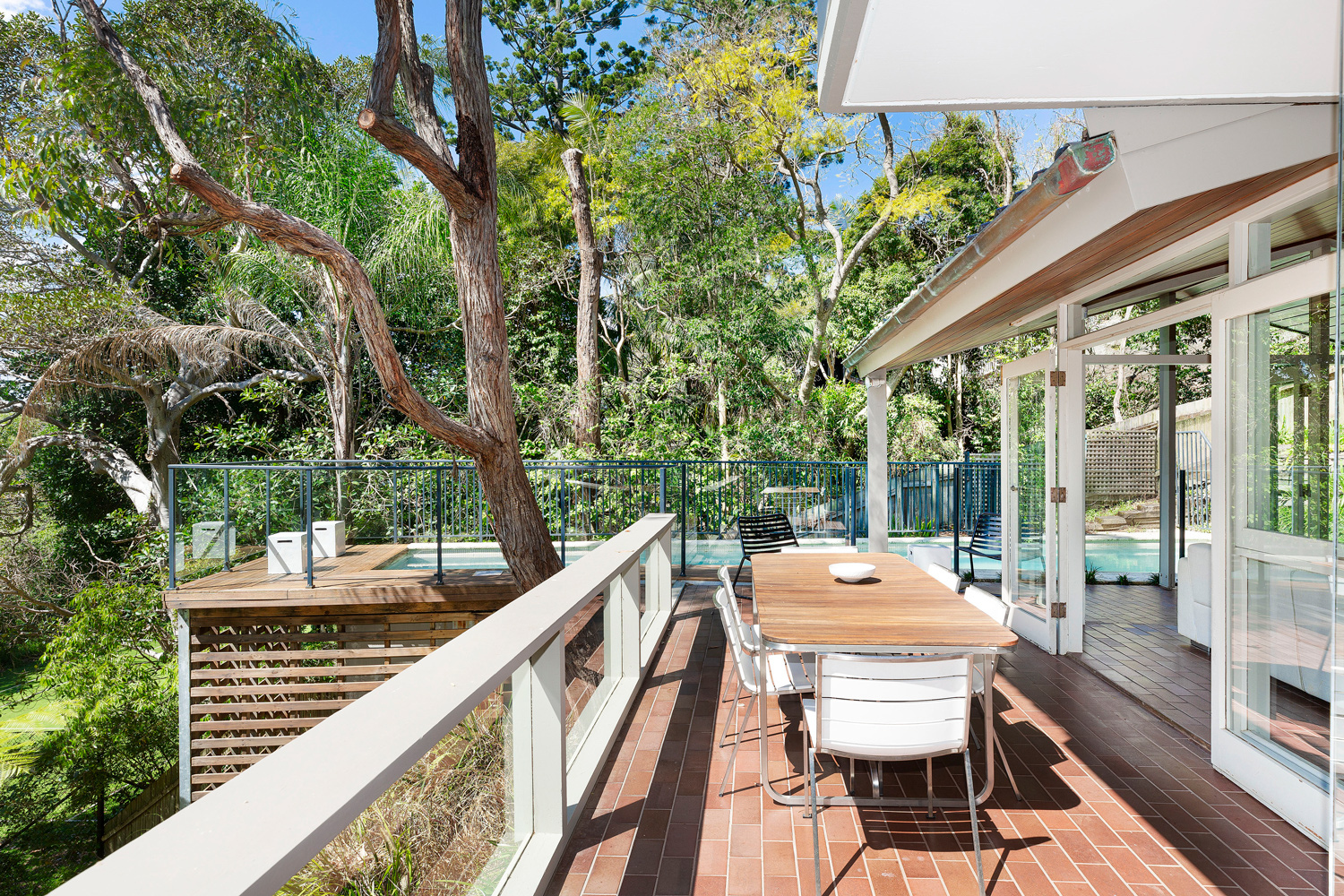
In the official Journal of the Master Builders Association in 1979, the original owners explained the need for home that would meet growing family expectations. The house was designed so that all four bedrooms were placed on the first-floor level, with windows opening to the north and the view, with living areas below to match.
A balcony and terrace with a flat grassy area was created to the east and the north of the main space, to provide a safe and level playing area for children, along with entertaining space for adults.
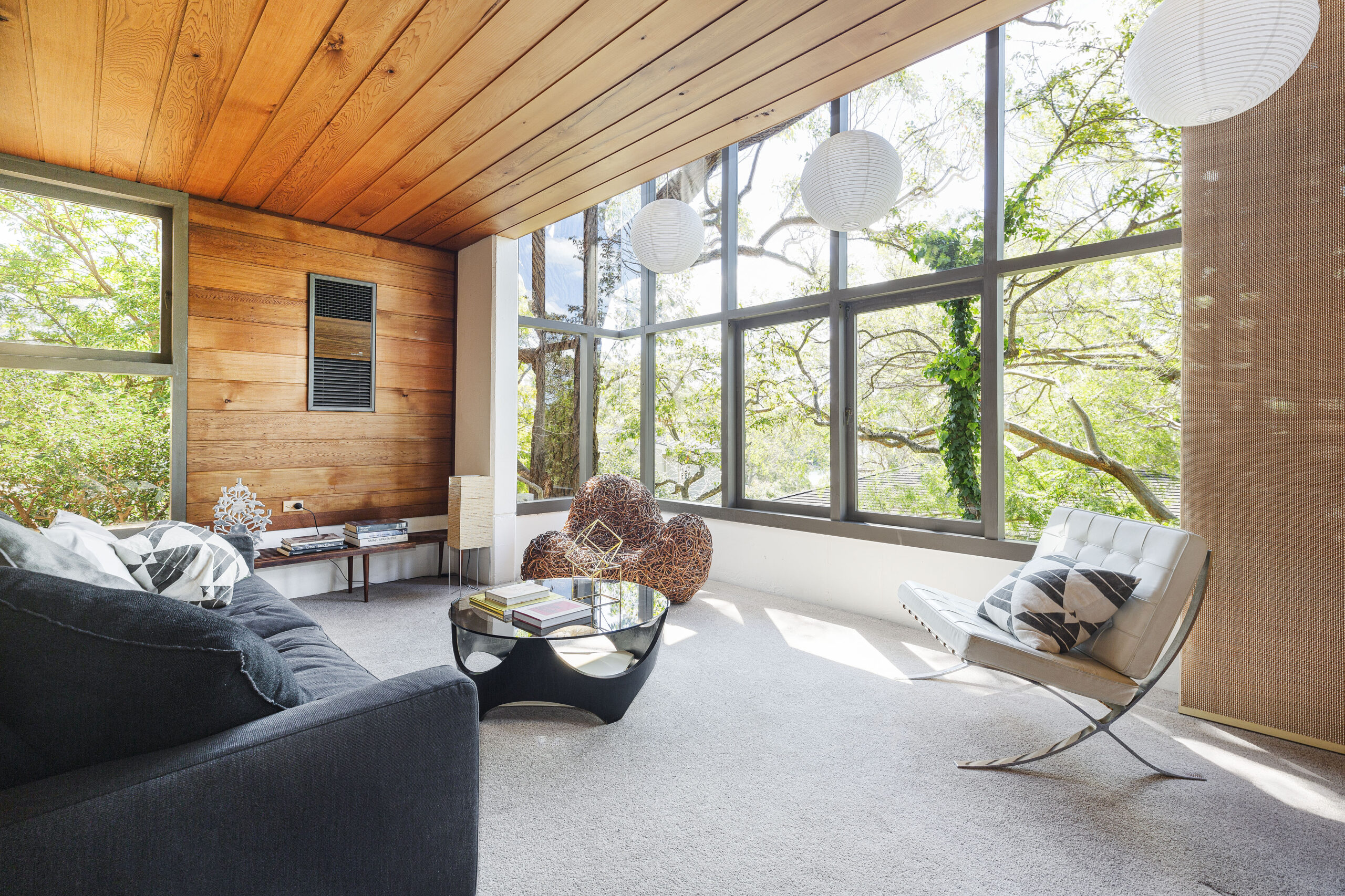
Years later when the current owners were adding a swimming pool, Rickard came out to look over the home and consider which locations would work best. It was a special moment owner Meg remembers fondly.
“It was lovely to be able to meet him and I became very interested in that era of architecture, going to visit a number of his houses,” Meg says.
“This one has a beautiful way of capturing the north sun. In winter you can walk out in short sleeves and realise it is actually a cold day outside.”
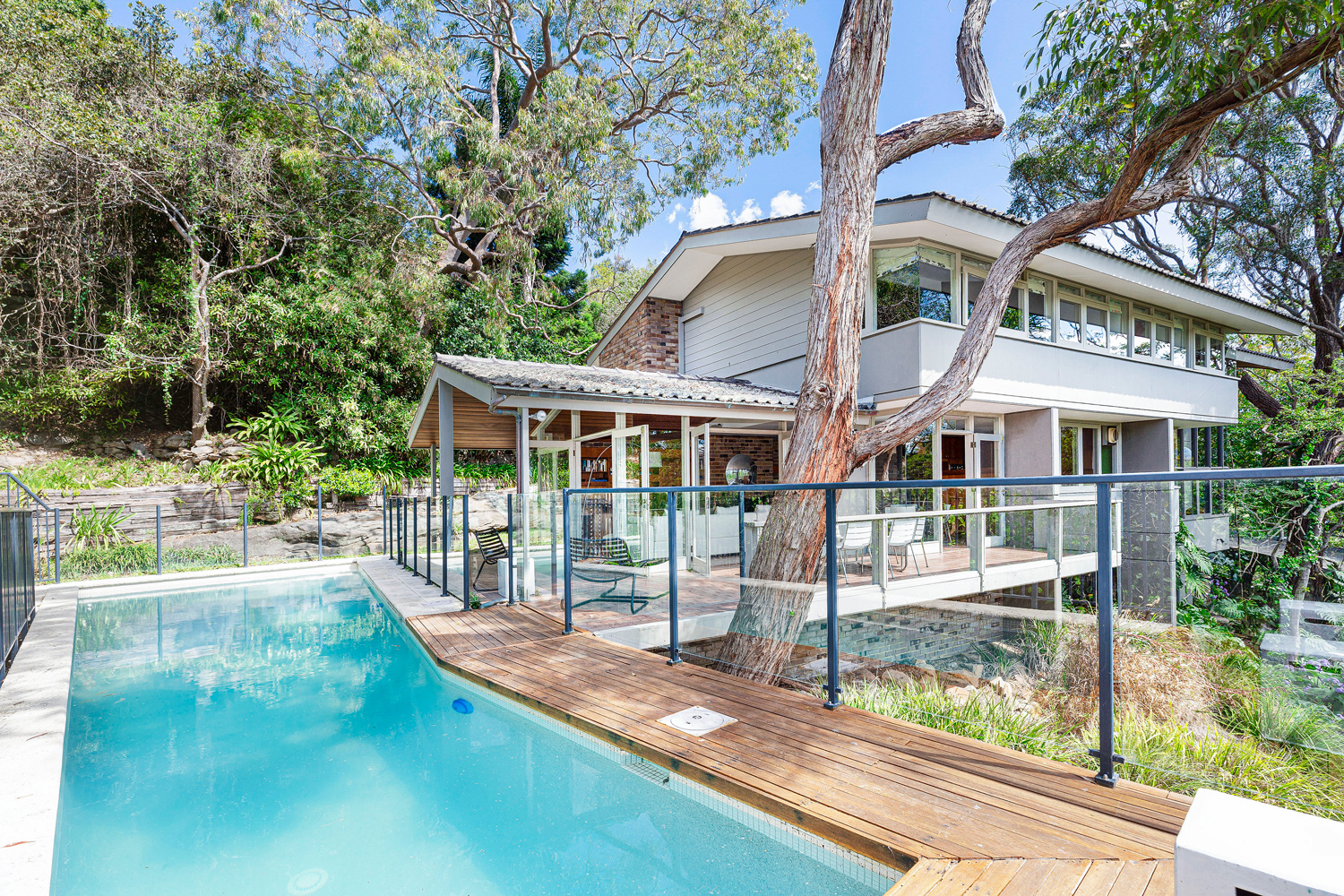
With private access to Ferdinand Street Reserve and Lane Cove River, there is a natural connection here to both Hunters Hill village life and neighbouring waterfronts. Hidden from the street, it’s opens to reveal its wide footprint as you descend into the green surrounds.
“The access to the reserve is a real joy and one of those hidden snippets of the Peninsula,” Meg says.
“When my boys were young, we spent a lot of time down there, collecting shells, playing in the grass, or heading out onto the river in the canoe.
“Our babysitter lived across the water and we would pick up our kids by canoe. Other kids who lived in North Parade would row across from the reserve to attend school at Riverview.”
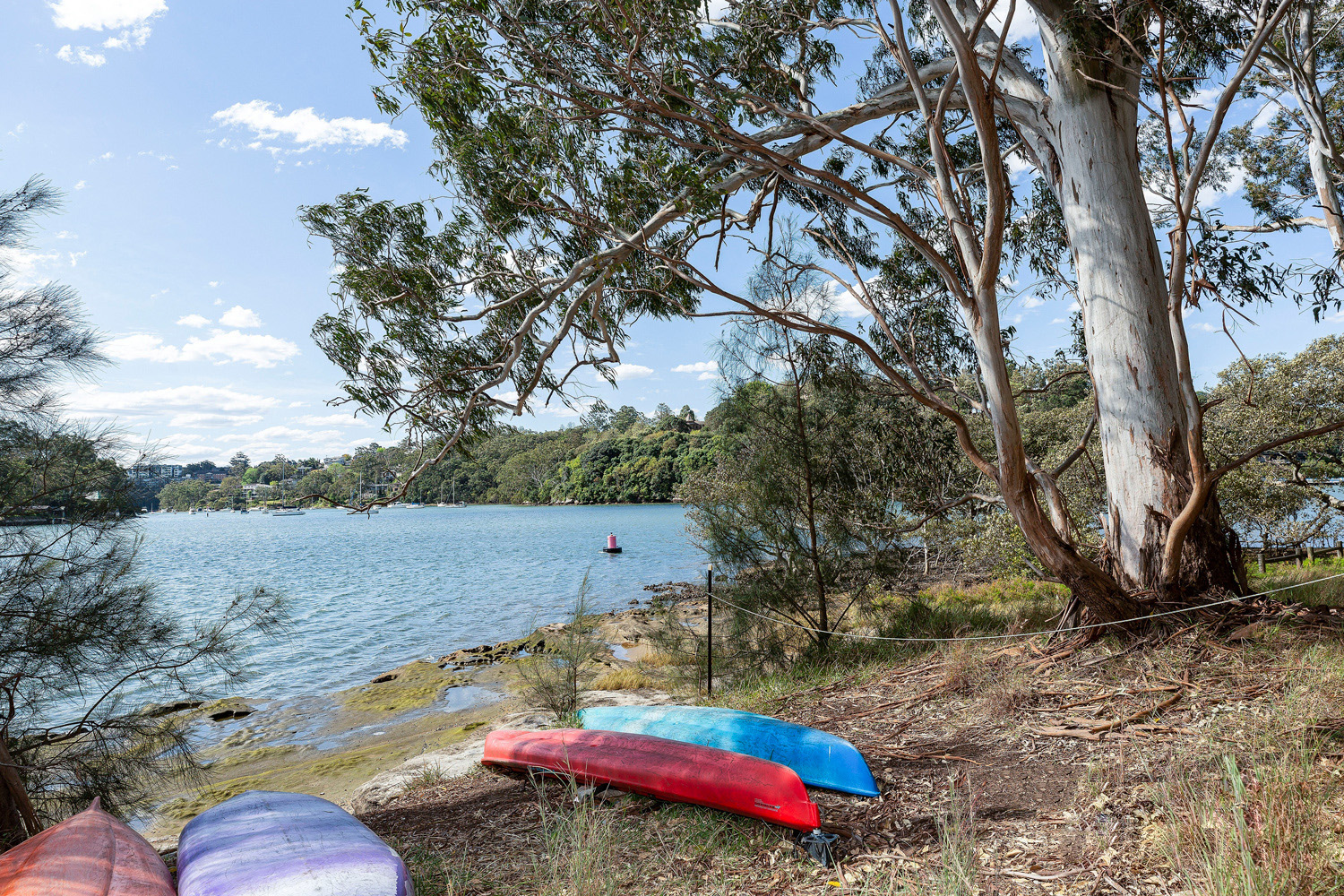
The original architectural imagery of North Parade that has been unearthed over the years comes from photographer Max Dupain, another celebrated name in Australian modernist history. The rest of his work can be found conserved in the State Library of New South Wales archives.
It further positions this home in a treasured era of the Australian design timeline. Yet the home is as valid as ever, offering everything from separate family living zones to the work-from-home space and a double garage.
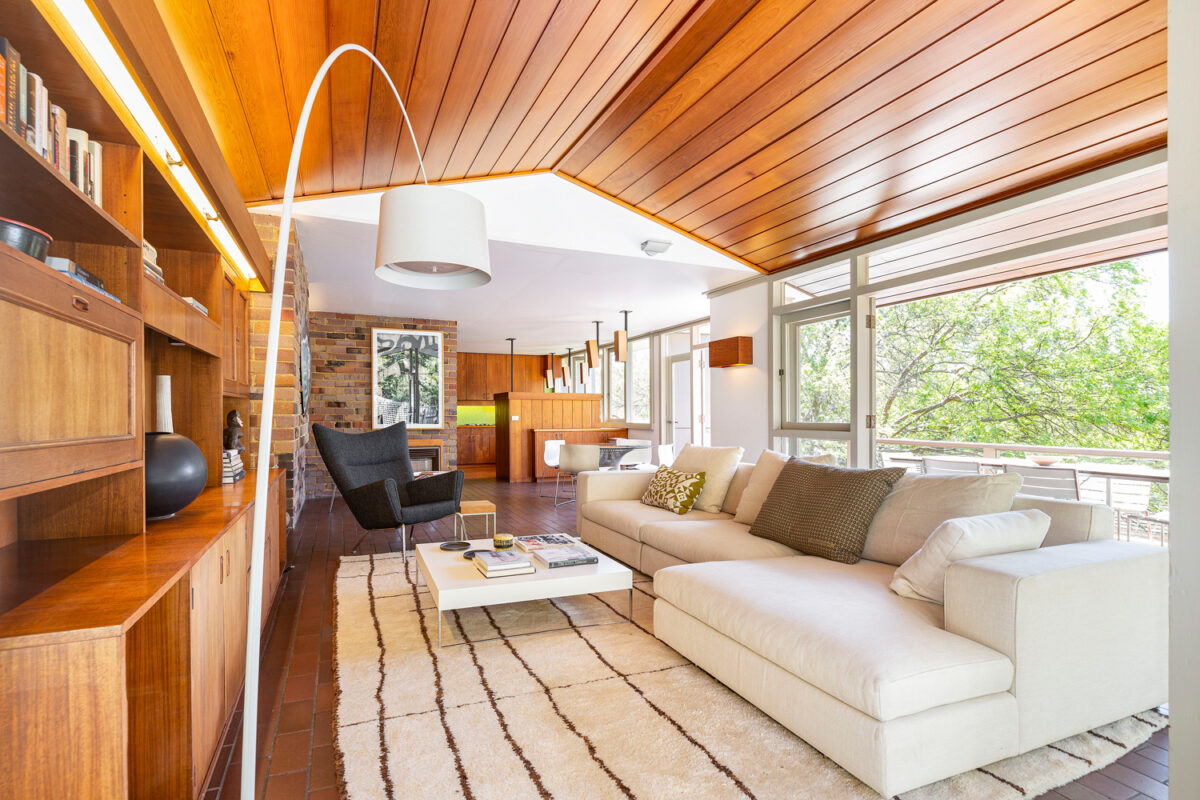
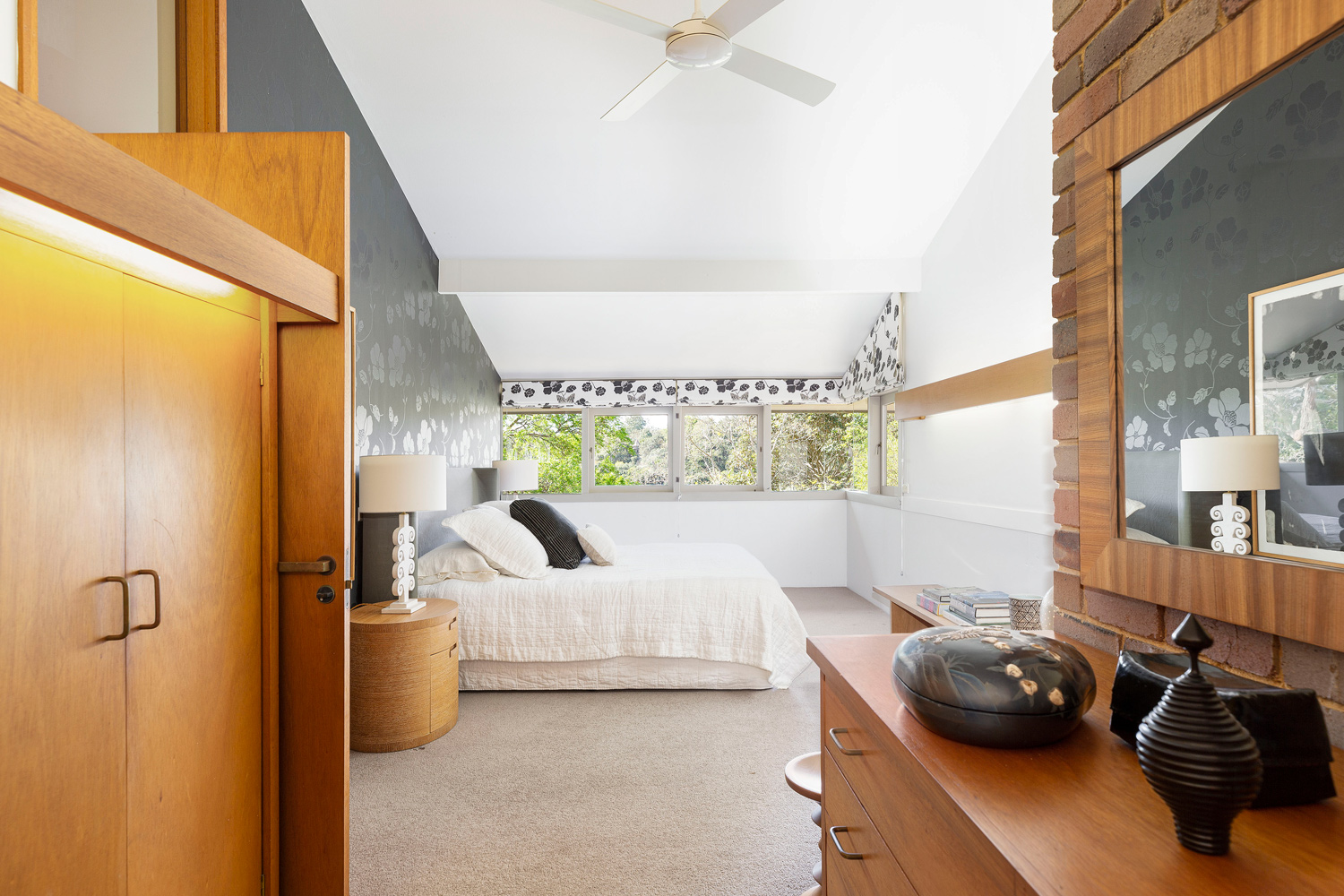
“My favourite rooms are still the sunken lounge and the study hanging above,” Meg says. “It’s really peaceful when the light passes the western windows, throwing colour on the river as the sun goes down.”
“It’s overwhelmingly liveable.”
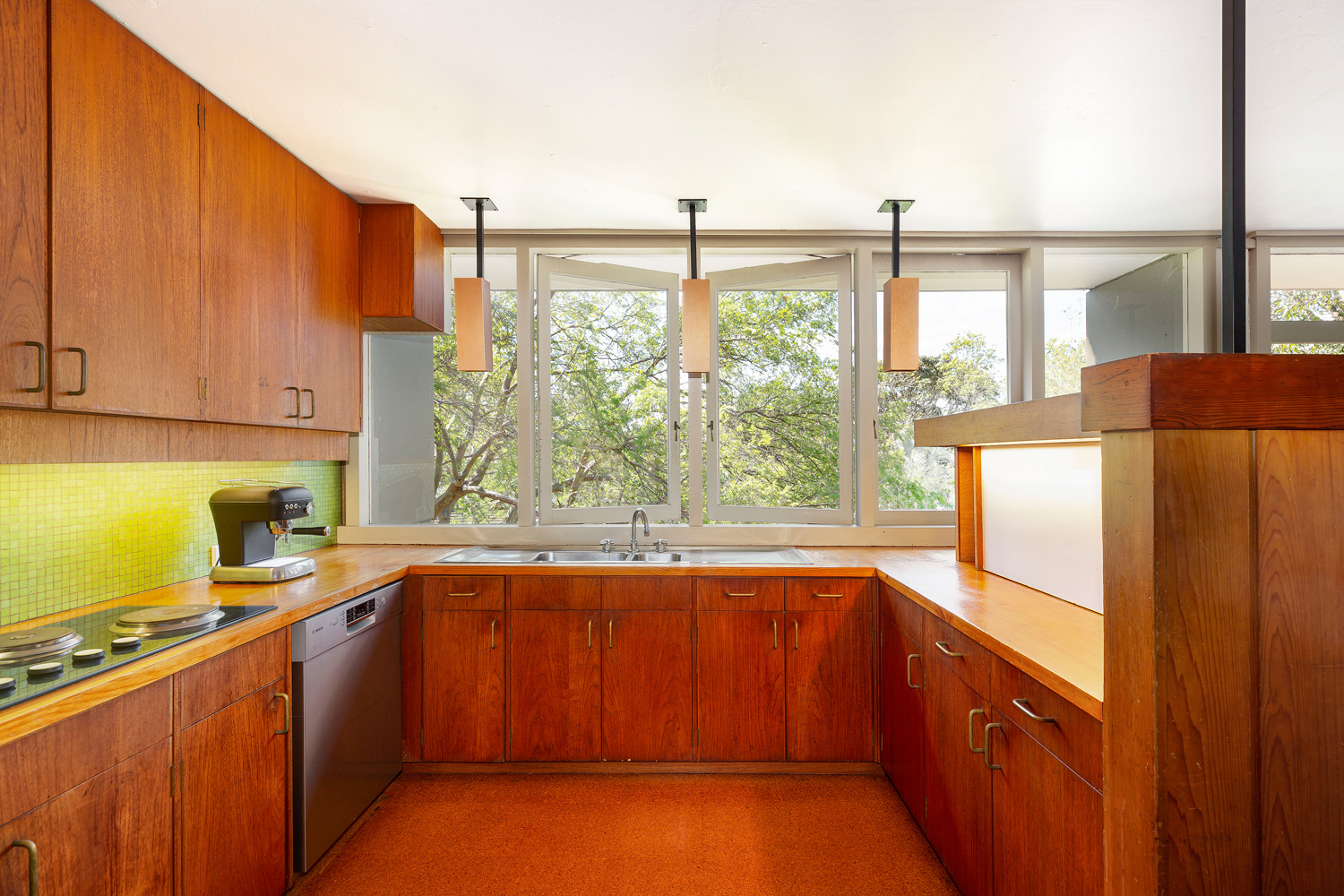
View: listing here.
